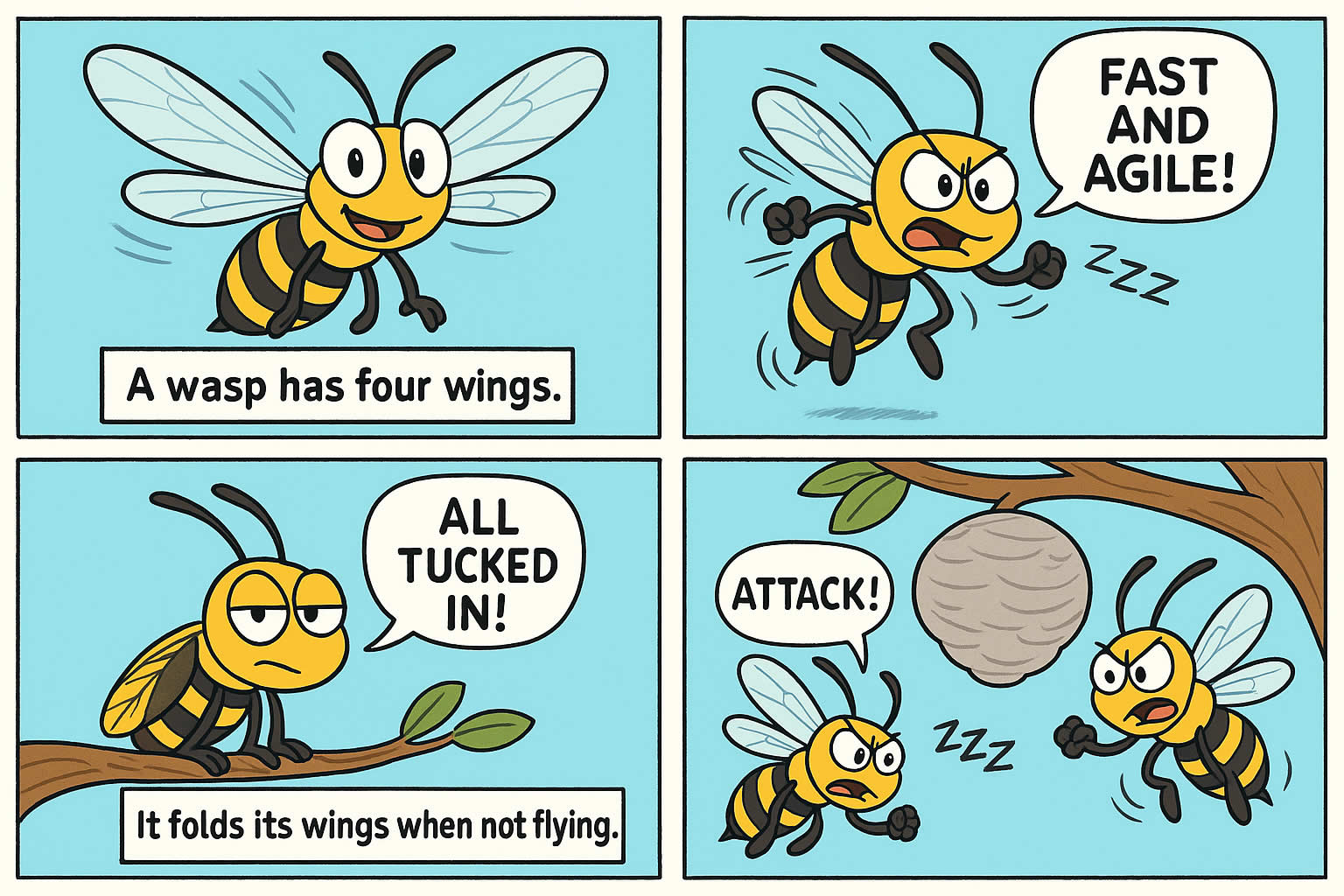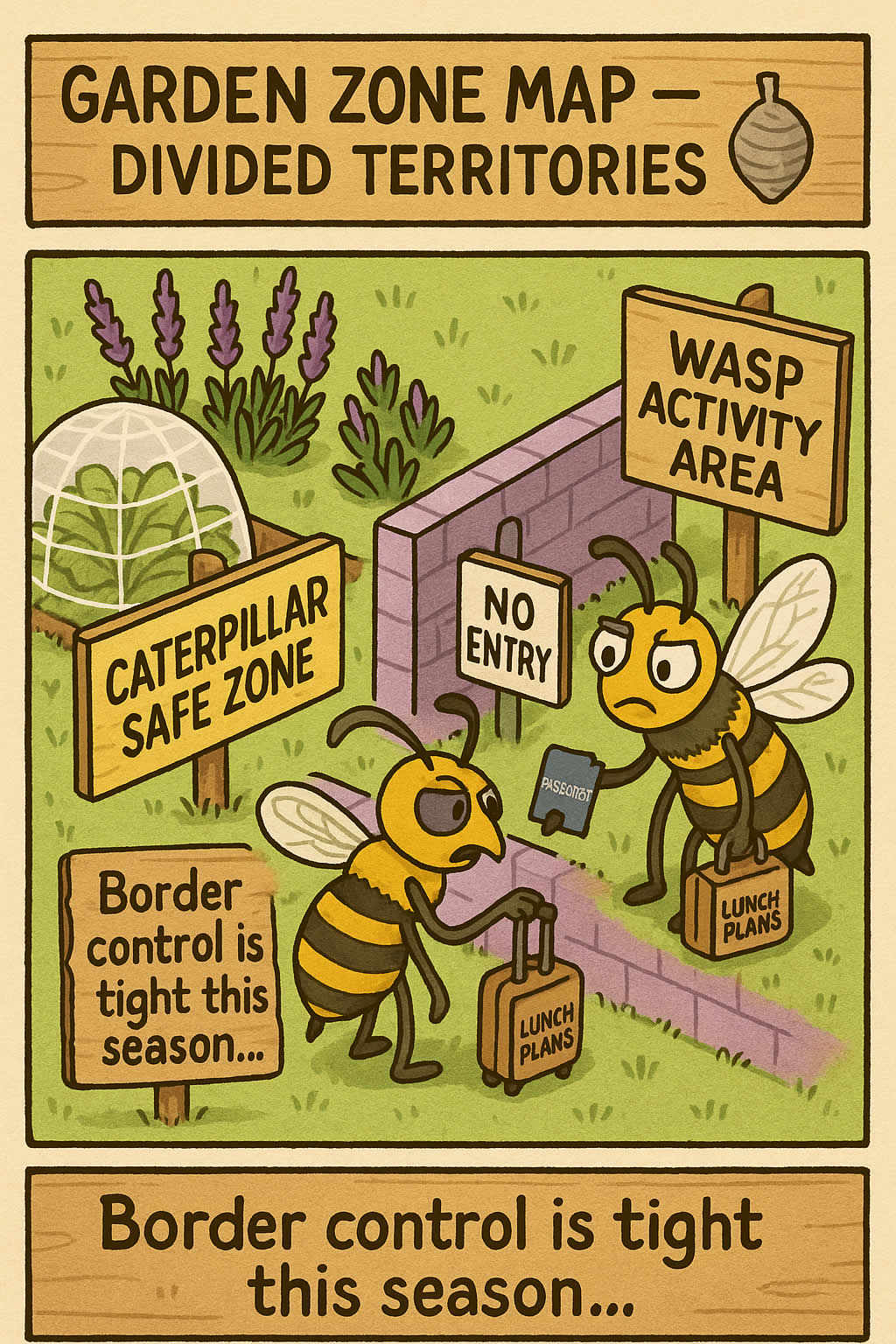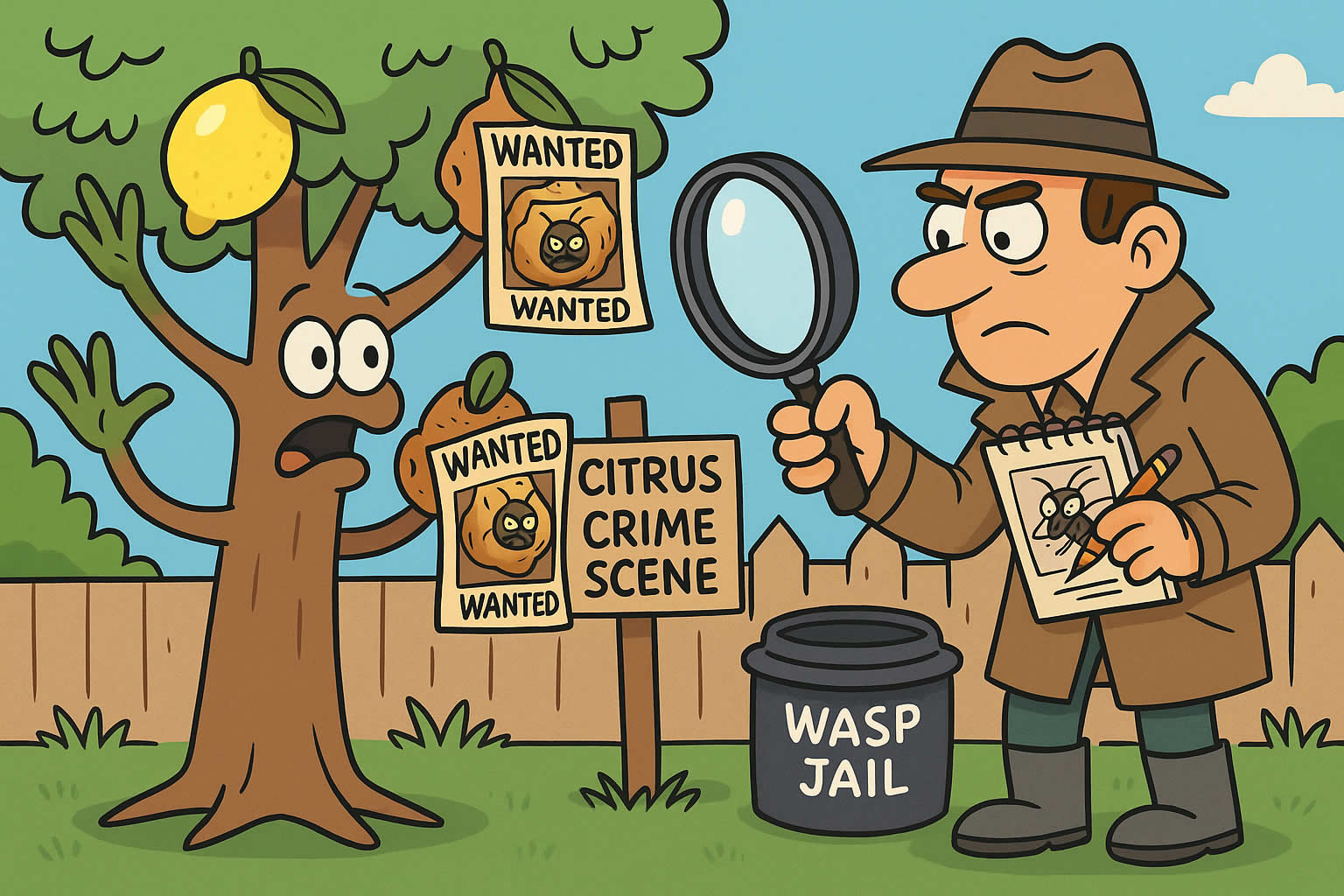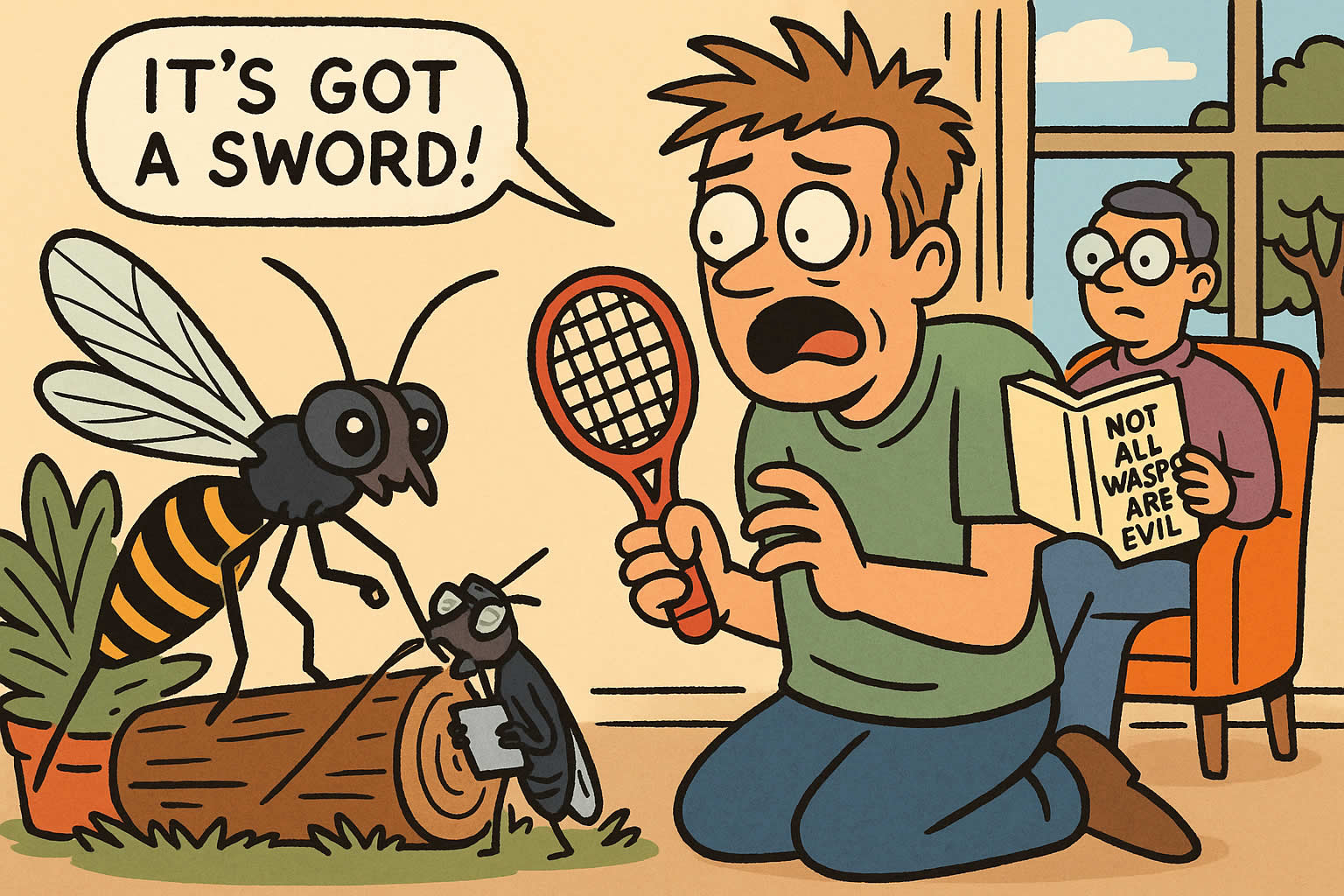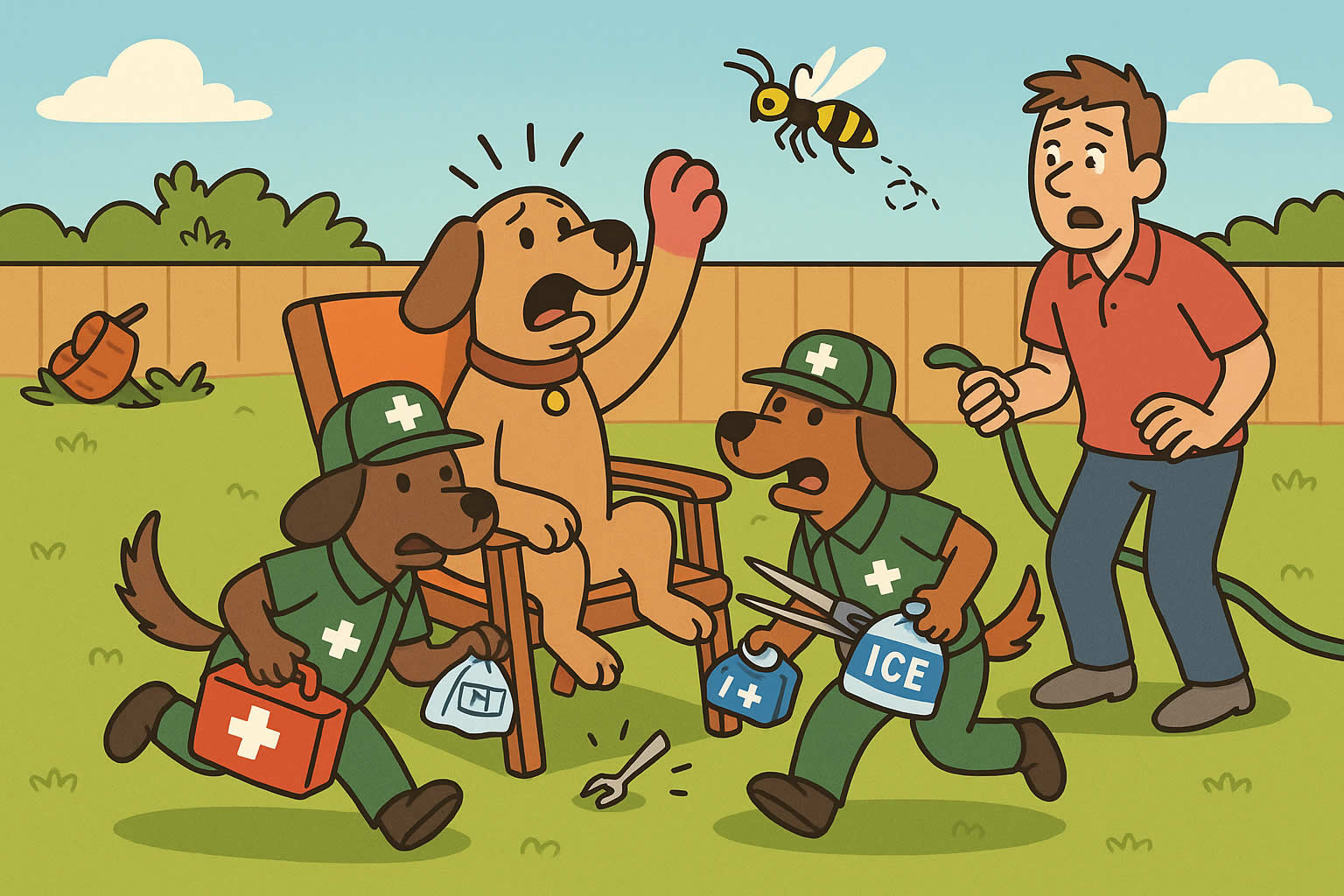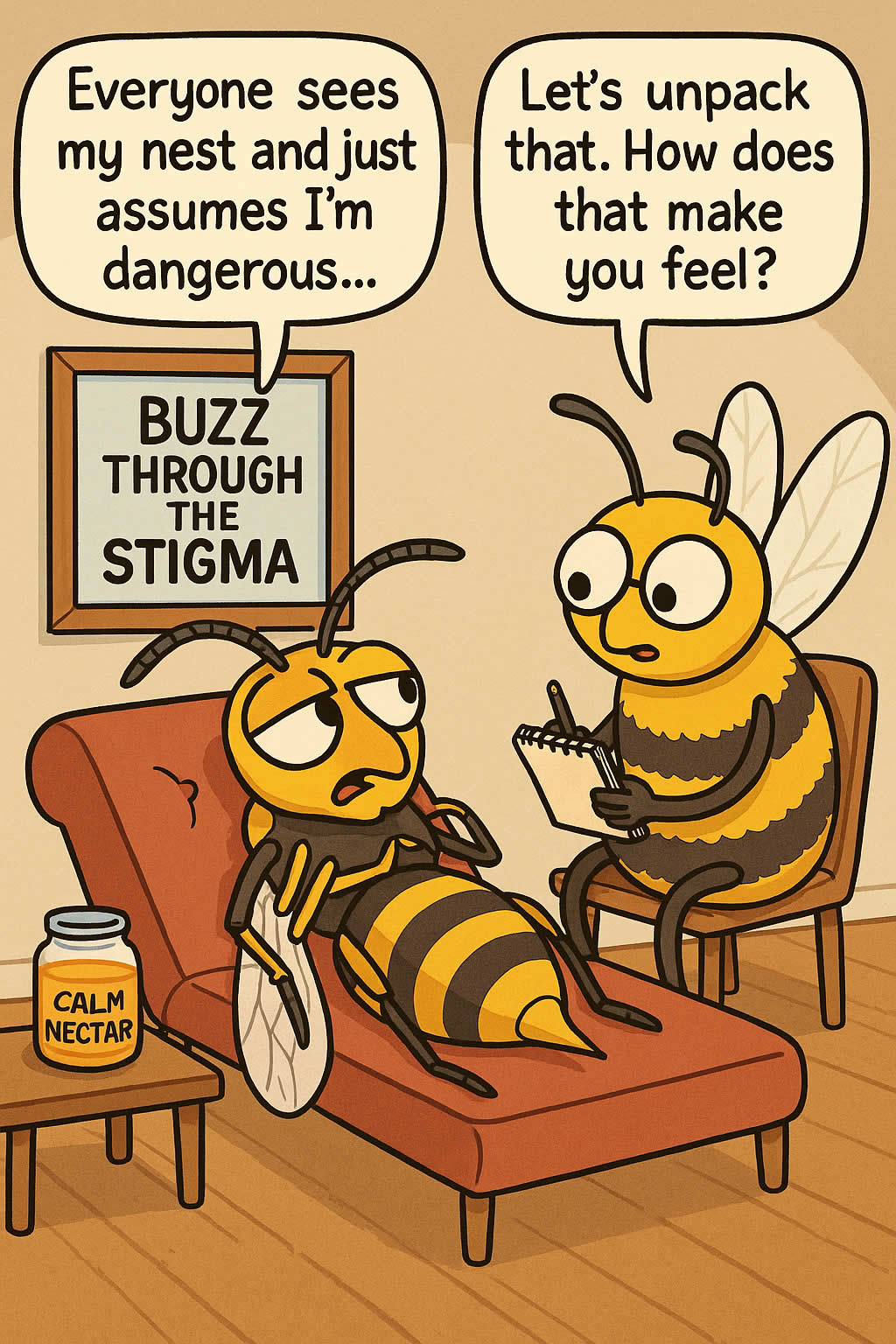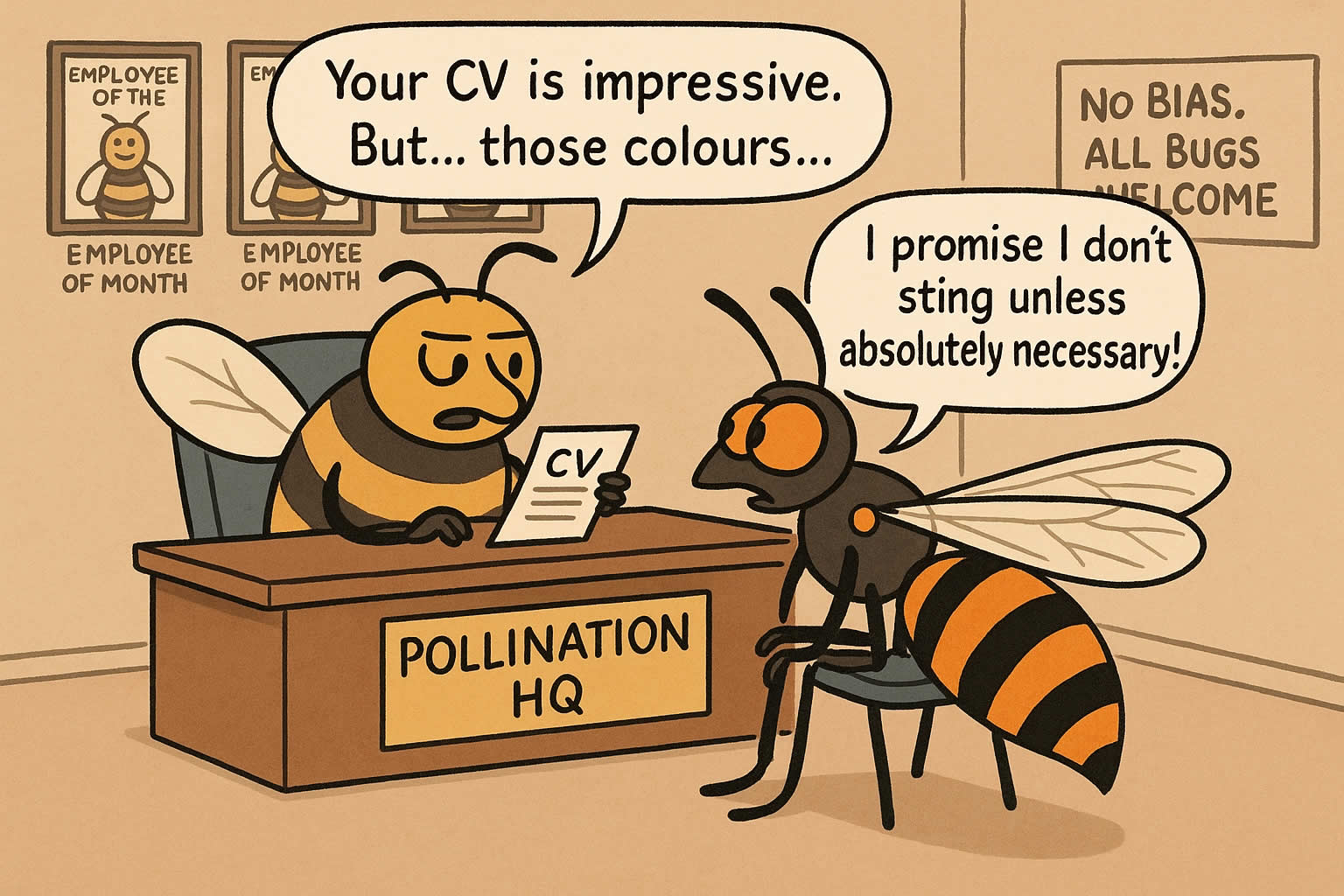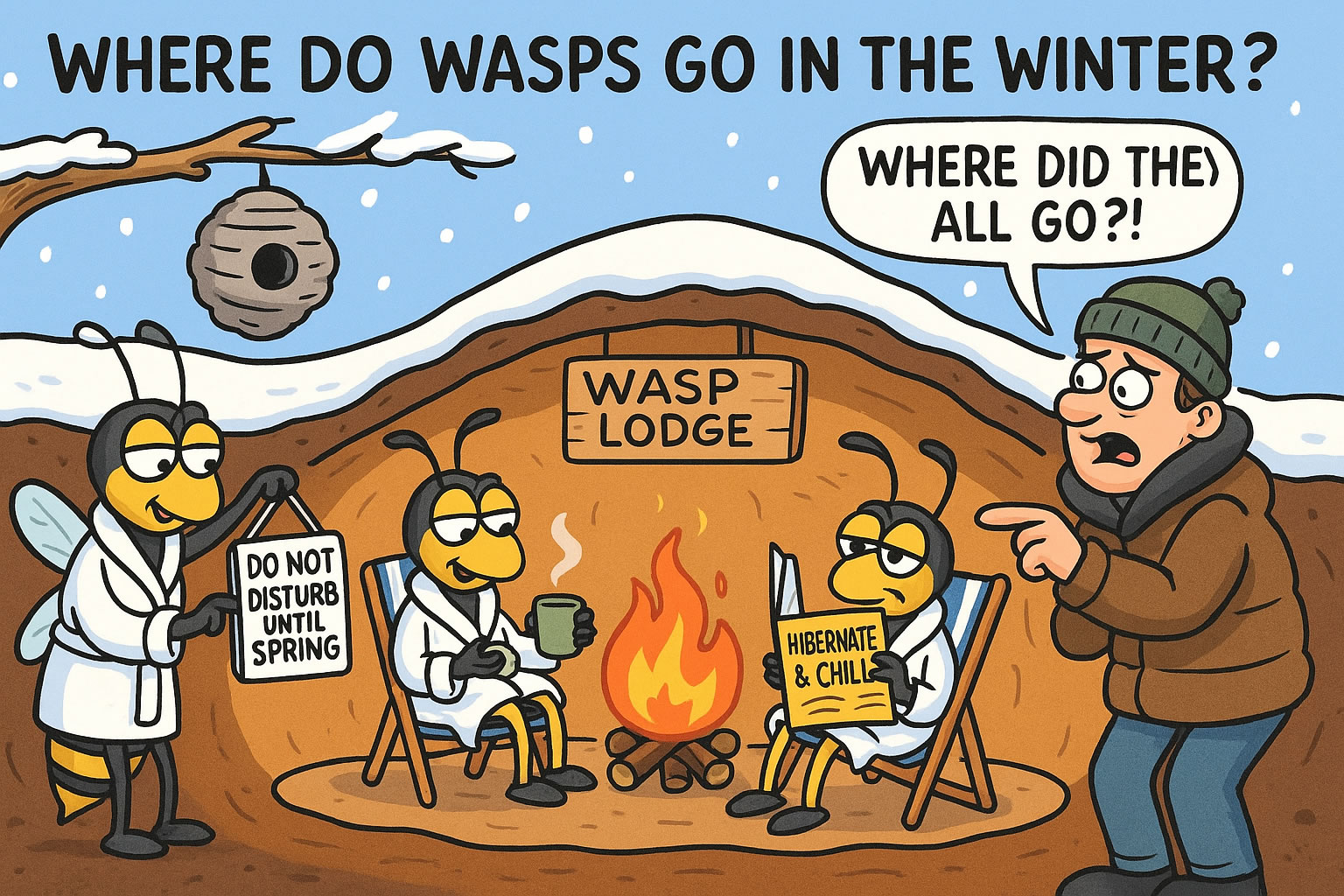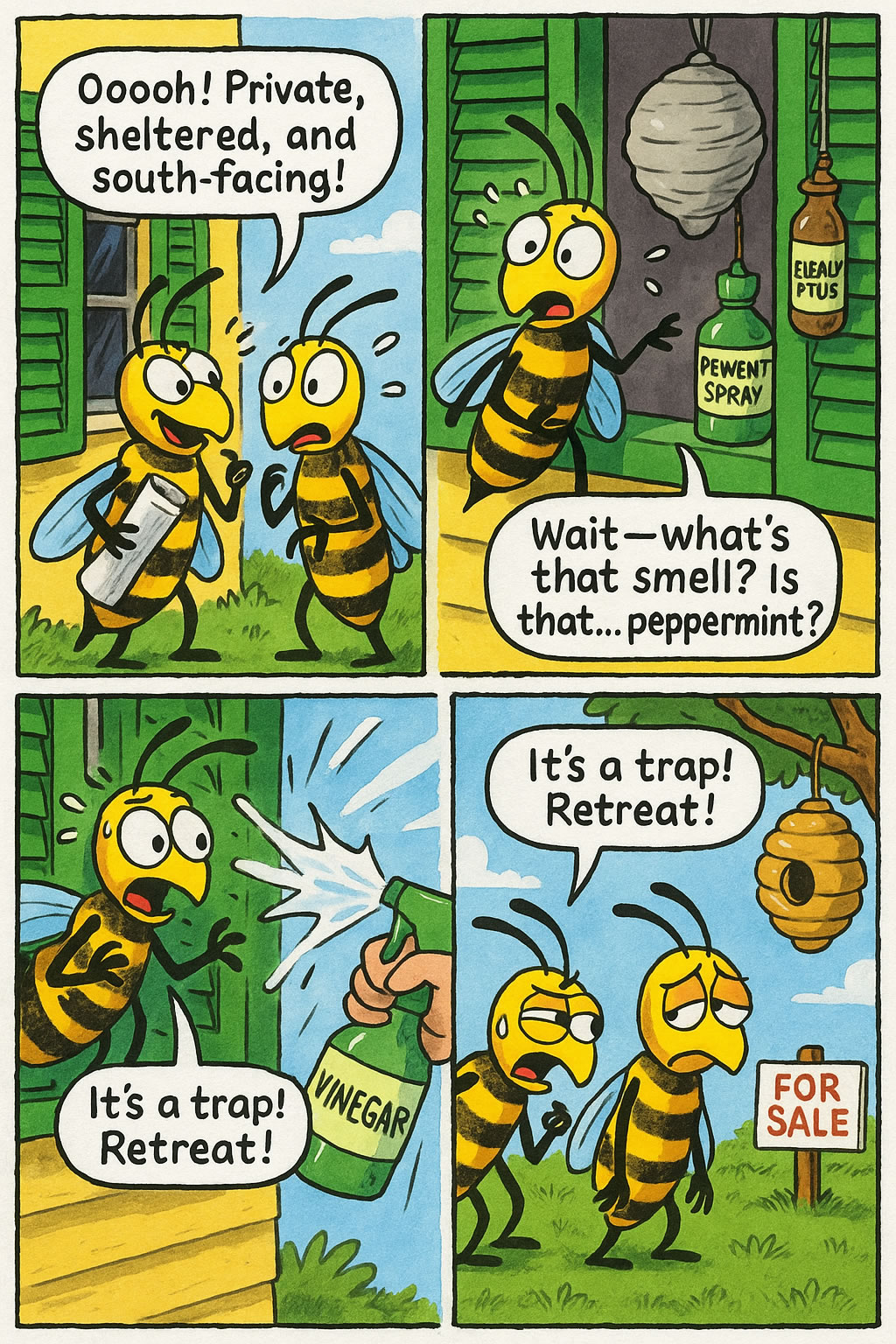Related Queries
ToggleIf you’ve ever had a wasp fly a bit too close for comfort, chances are you noticed the buzz before anything else. That fast, high-pitched noise cutting through the air – it’s not just your nerves acting up. It’s the wings. But exactly how many wings does a wasp have, and why should you care? That’s what we’re getting into here.
This isn’t just a fun fact. When you understand how a wasp’s body works – including those wings – you start to see how they move, why they hover, how they escape, and what makes them such efficient little pests. If you’re trying to keep your space wasp-free, or you’re just a bit curious about the mechanics of nature, knowing this can actually help.
Let’s break it all down.
So, how many wings does a wasp have?
A wasp has four wings in total. You’ve got two forewings and two hindwings. Each side of its body has a pair – one in front and one just behind it.
But here’s the interesting bit: they don’t flap separately. Wasps use a system that hooks the front and back wings together, almost like zipping them up. That way, when they fly, the wings move in sync. This makes their flight more stable, fast, and agile.
It’s not something you’d spot easily when one’s zooming around your garden, but up close or under a microscope, those hook-like connectors – called hamuli – are easy to spot. These tiny hooks keep the wings aligned during flight. When the wasp’s at rest, the wings sit flat over its back, often overlapping like a little cape.
Why does the number of wings matter?
Now, you might be thinking, “Alright, four wings – neat – but so what?” Fair question. The number of wings tells us a lot about how wasps fly, how they behave, and even how they evolved.
Knowing how those four wings function helps explain:
- Why they hover with so much control
- How they can dart away so quickly
- Why they’re hard to swat
If you’ve ever tried to shoo one out a window, you’ll know they don’t just drift around like flies. They move with purpose – and those four wings give them that ability. If you want to manage wasps around your home, it helps to understand just how good they are at flying and why.
Do all wasps have four wings?
Yes – all true wasps do. Whether you’re looking at a common wasp (Vespula vulgaris), a paper wasp, or something a bit rarer, they all come from the same insect order: Hymenoptera. That includes bees, ants, and wasps.
Four wings is a defining trait of insects in this group. In fact, if you ever come across a winged insect that looks like a wasp but only has two wings, you’re probably not looking at a wasp at all. It might be a hoverfly – a mimic that uses wasp-like colouring to scare off predators but doesn’t have the same sting or wing structure.
So, if you’re ever unsure what’s buzzing near you, counting the wings (if you can get that close) is a good clue.
How do wasp wings work during flight?
When you watch a wasp fly, you’re seeing something surprisingly advanced. Their wing movement is both coordinated and incredibly fast. The forewings and hindwings, although separate, act almost like a single wing on each side thanks to those hamuli we mentioned.
During flight, wasps flap their wings at a rapid pace – typically around 117 to 247 beats per second, depending on the species. That speed is what creates the buzzing sound you hear. It’s not the wings brushing against the air – it’s the frequency of the beat itself that causes the vibration.
The wings themselves are thin and see-through, but don’t let that fool you. They’re reinforced with strong veins that give structure and strength, allowing for all sorts of agile movements – quick turns, hovering, darting backwards, and even sudden drops.
That’s why they’re so hard to catch – or kill – mid-flight.
What happens if a wasp loses a wing?
Like many insects, a wasp depends on all four wings to stay airborne and balanced. If one gets damaged or ripped off – which can happen if they get swatted at or caught in a spider’s web – it throws everything off.
With a missing wing, the wasp won’t be able to fly properly. It might spin, drop, or just struggle along the ground. Most of the time, it’s a death sentence in the wild. They can’t escape predators, find food, or return to the nest.
If you spot a grounded wasp dragging itself around, chances are something’s gone wrong with its wings.
How do wings help wasps beyond just flying?
Flight’s the obvious use, but wings serve another purpose too – communication. Wasps use wing vibrations and body movements to signal to each other. For example, in some species, a queen might use wing movements to assert dominance. Others use their wings to spread pheromones more effectively.
In nests, especially with social species like yellow jackets or hornets, wing buzzing can alert others to danger or coordinate defence. So wings aren’t just about moving from place to place. They’re part of a bigger communication system.
Are wasp wings different from bee wings?
They’re similar – but not the same.
Bees also have four wings, and they use hamuli too. But bee wings tend to be broader and more rounded, while wasp wings are narrower and longer. This gives wasps that sleek, fast-flying look, whereas bees have more of a hover-and-glide flight style.
Also, bees are built for collecting pollen, so their wings support that. Wasps, on the other hand, are often predators or scavengers, so they need speed and precision instead.
This is why wasps look sharper in the air – quicker turns, sharper exits, more abrupt landings.
How do wasps keep their wings safe?
When they’re not flying, wasps fold their wings over their backs. This keeps them out of harm’s way. You’ll often see the wings lying flat and slightly overlapping, almost like two transparent sheets tucked away.
In certain species, the folding can look quite unique. Paper wasps, for example, have a habit of folding their wings lengthwise, almost like pressing them shut.
This wing-folding habit makes a difference when they crawl into tight spaces or rest inside a nest – it keeps the wings from getting caught or torn.
Can you hear the wings before you see the wasp?
Yes – and this is one of the ways you can tell the difference between a fly and a wasp just by sound. A wasp’s wings beat faster and make a sharper, higher-pitched buzzing noise. It’s more like a zzzzzzz than a bzzzzzz.
If you’re near a nest, you might hear that collective buzz of dozens of wings beating together. That’s your signal to stay well clear.
Why does all this matter if you’re trying to deal with wasps?
Understanding a wasp’s wings gives you insight into how they move, how fast they can strike, and where they might be hiding. If you’re looking to remove a nest or just keep them out of your garden, knowing what makes them tick (and fly) can really help.
If you’ve got a wasp problem:
- Keep food and drink sealed outdoors.
- Block any entry points into sheds or lofts.
- Watch for wasps darting in and out of a spot – they might be flying back to a nest.
- If they’re circling quickly and not landing, they’re likely patrolling or hunting.
And if you ever think about tackling a nest yourself, remember – their wings let them respond fast, and in numbers. Always use proper protective gear or get a professional involved.
Final thoughts – it’s not just wings, it’s what they can do with them
So yes, wasps have four wings – and that simple fact explains a lot about their speed, agility, and threat. Those wings aren’t just for show. They’re tools that make wasps one of the most efficient flying insects around.
Understanding the basics – like how many wings they’ve got – gives you a better chance of keeping them at bay. Whether you’re watching them from a distance or trying to keep your home free of them, a bit of knowledge about how they move can go a long way.
If you’re ever unsure what’s buzzing past your ear, try to spot the wings. Four of them, moving together like one – that’s your clue you’re dealing with a wasp. And now, you’ll know exactly why it’s moving the way it does.
Pest Control Kirkby Stephen – Pest Control Ca6 – Pest Control Moresby

